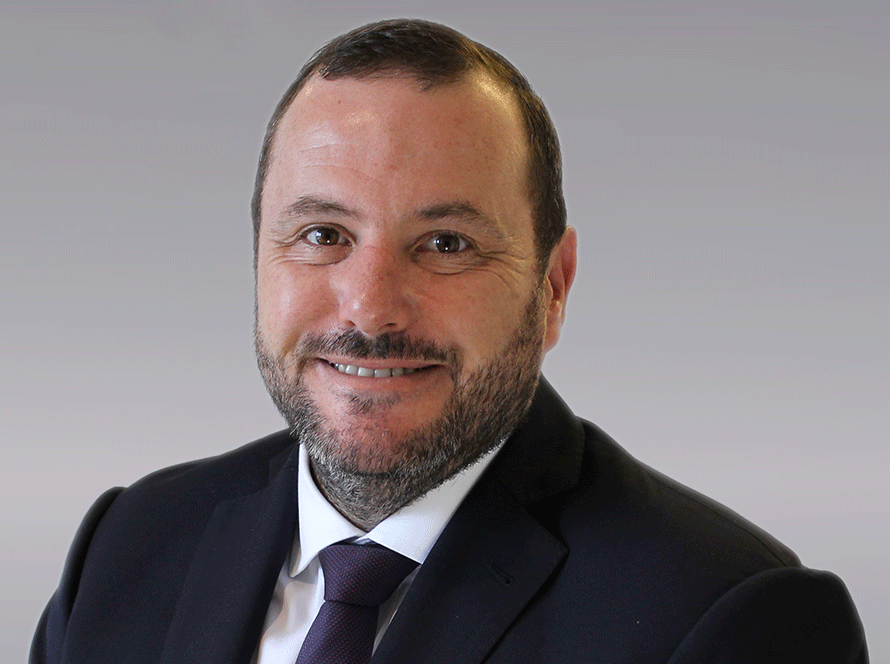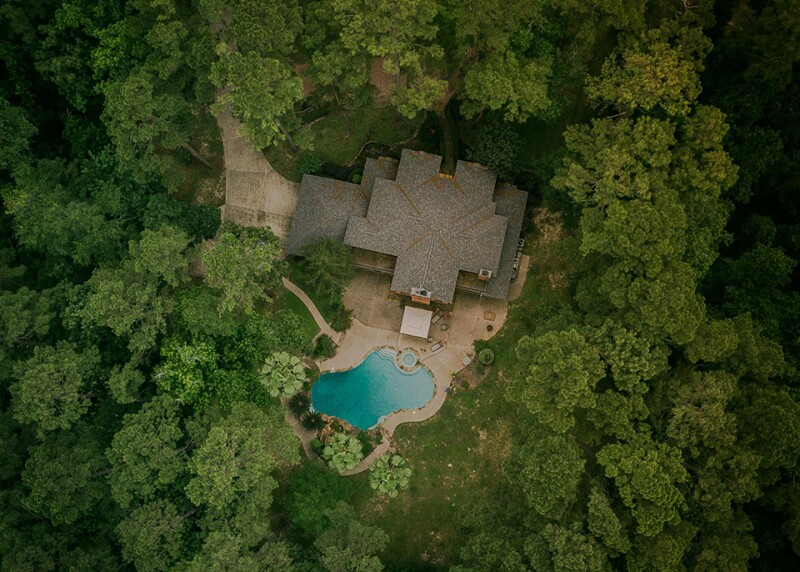Oliver Withers, biodiversity lead within the global sustainability team at Credit Suisse, says that the case for nature and biodiversity-based investment is pretty straightforward.
“We talk a lot about the need to invest in carbon-capture technology, but that technology already exists, it’s called trees and mangroves,” he points out.
Nature and biodiversity-focused funds lag behind their climate peers in attracting capital flows. Yet they represent a big opportunity to accelerate global decarbonization.

The Paulson Institute’s Financing Nature report highlights an $800 billion funding gap in nature-based solutions (NBS), which constitute a core element of global decarbonization tools.
Thanks for your interest in Euromoney!
To unlock this article:




